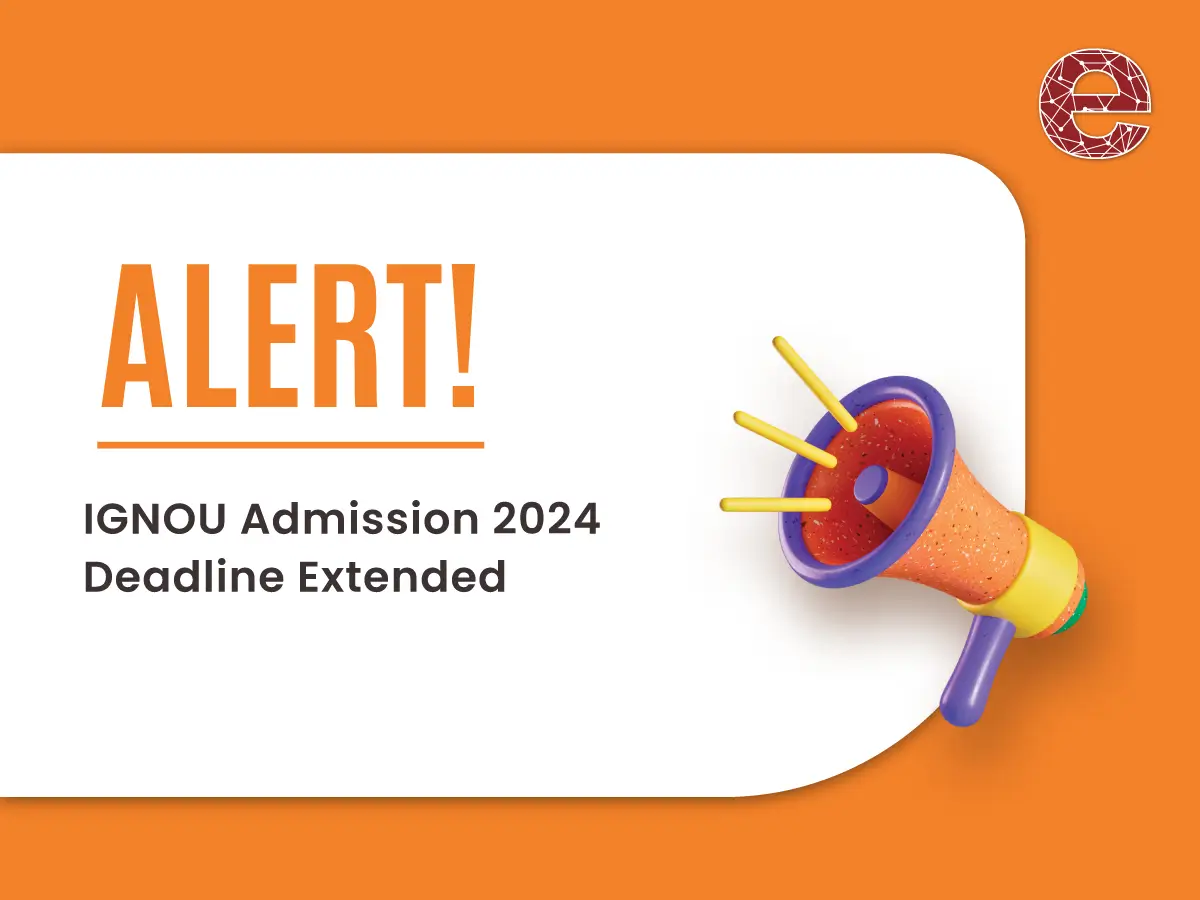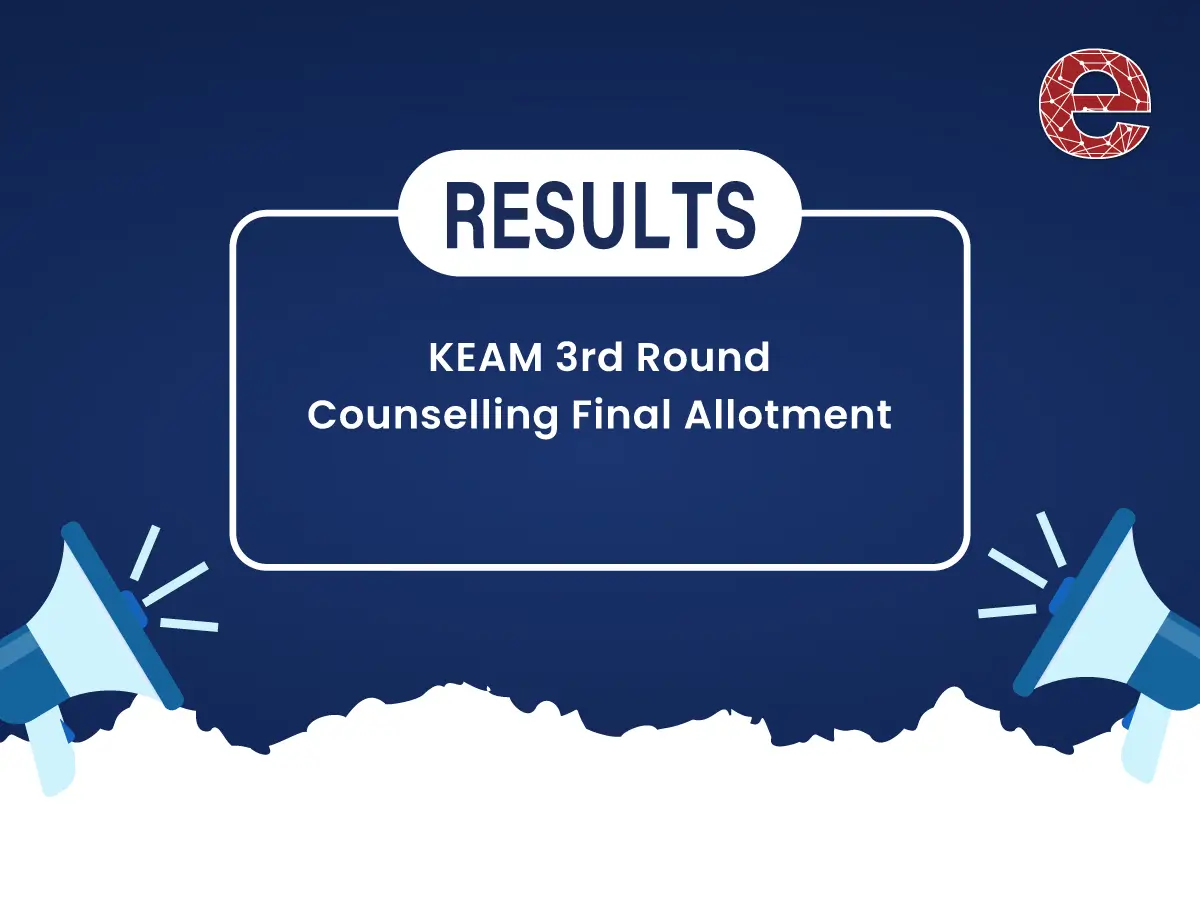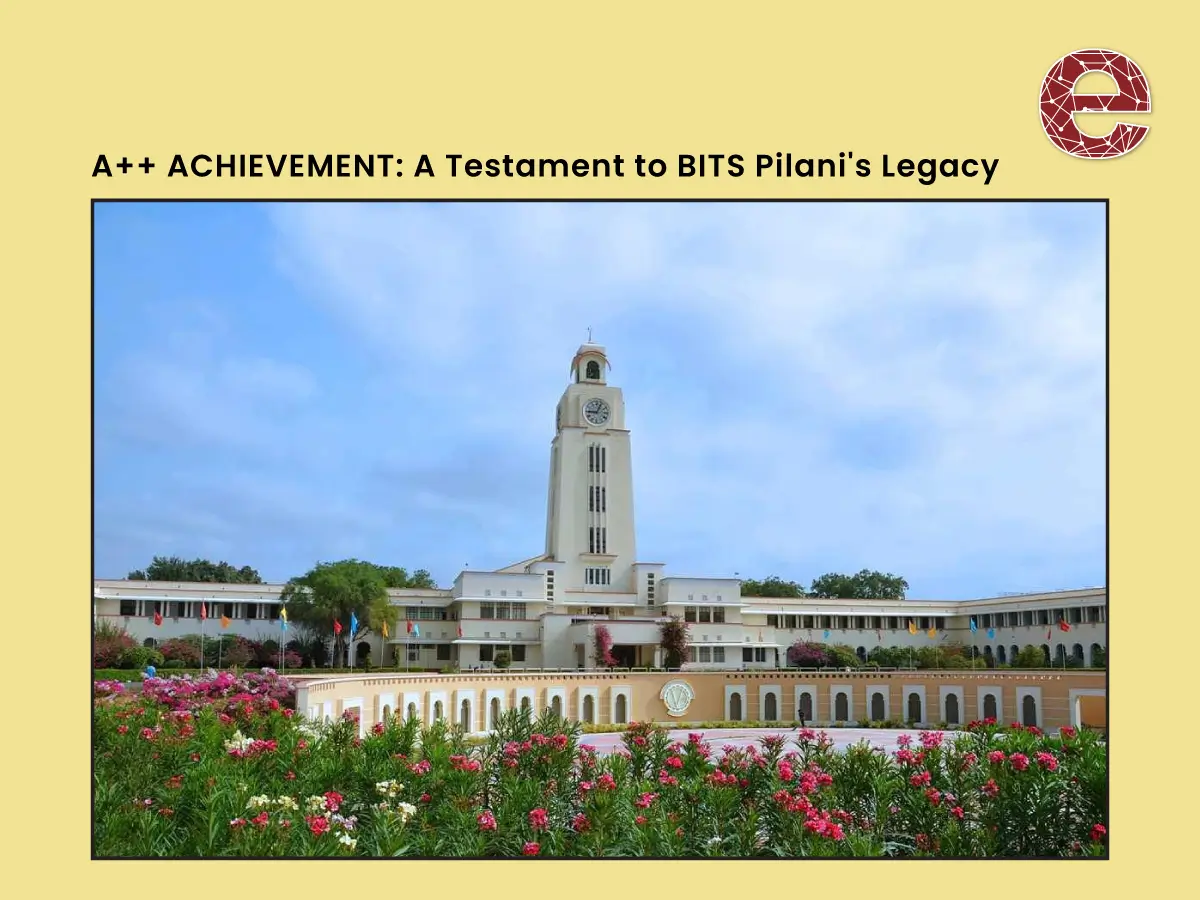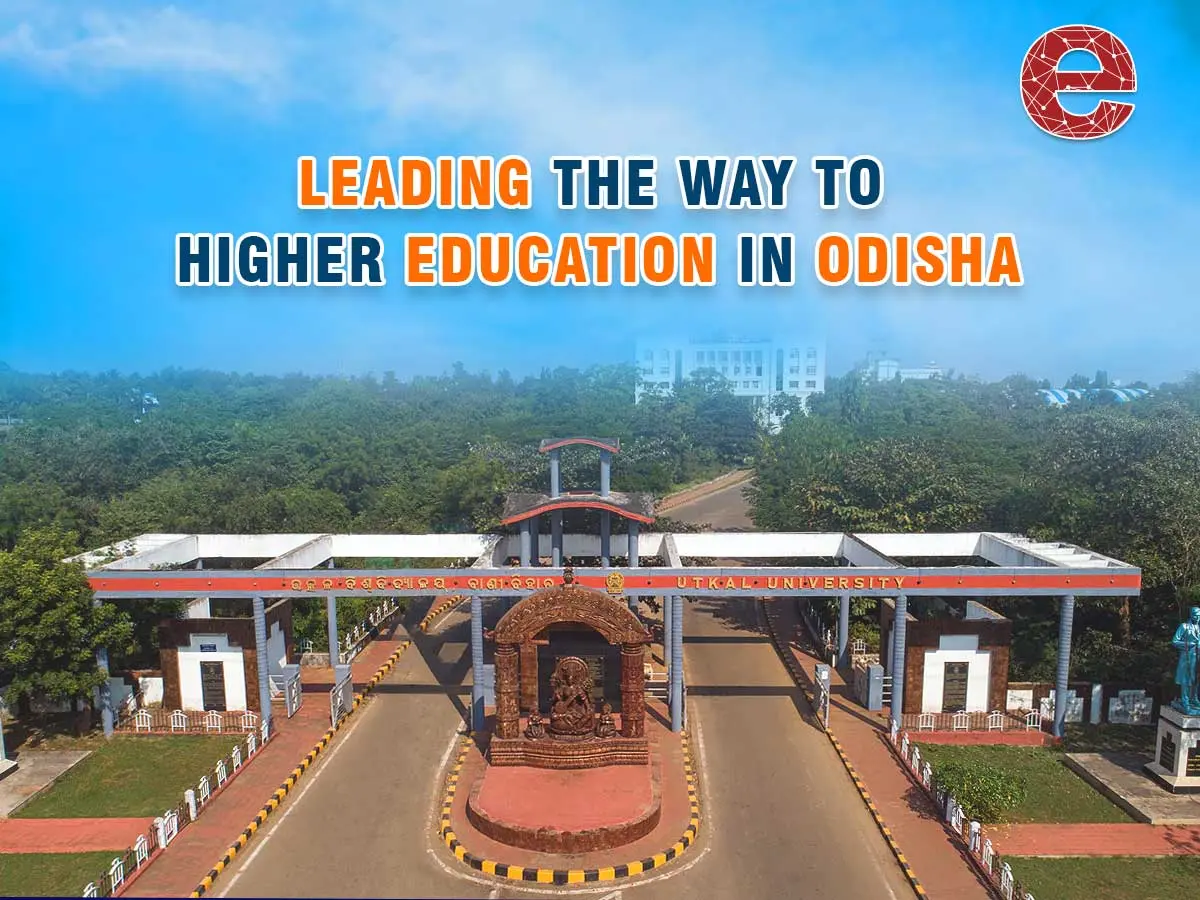All You Need To Know About CHANDRAYAAN 3
Tech Updates

Loads and Loads of ecstatic, exhilaration and pride are flourishing all around the world. All the fingers crossed, hands joined in prayers, all the eyes headed above and hearts twinkling with hope, waiting for the successful launch of CHANDRAYAAN 3.
There are many things to know and feel proud about OUR CHANDRAYAAN 3 - Mission to Moon. So every single person is going to explore their lovely “Chanda Mama” once the rocket is successfully landed on the moon. After the launching of Chandrayaan 1 and Chandrayaan 2, everyone hopes now is on CHANDRAYAAN 3.
So, to support this mission, India’s upgraded Bhahubali Rocket is fully set to make a remarkable history and is standing upright on the coast of the Bay of Bengal in Andhra Pradesh's Sriharikota waiting to meet the moon and know more about its divine precedence. This will be the sixth flight of the rocket, which has a 100% success rate to date. As a result, expectations for a successful launch from India's spaceport are high. It is a critical attempt to master soft landings on celestial bodies, and if everything goes well, India's third lunar journey will begin on Friday (July 14) at 2.35 p.m.
Mission The Artemis (Artemis is the personification of the moon as a female goddess) Programme is America's effort to return to the moon in the twenty-first century, while Chandrayaan is India's indigenous initiative to access the moon. It may come as a surprise, but India's Chandrayaan-1 mission in 2008 appears to have awakened the United States from its nearly 50-year lunar slumber, and the ambitious Artemis Programme was created in 2018.
Coming back to CHANDRAYAAN 3, The SUV-sized satellite in serves as a huge propulsion module, propelling the Vikram Lander and Pragyaan Rover into lunar orbit. If everything goes as planned, the lunar landing might take place as early as August 23.
Chandrayaan 3 would carry six payloads, including a lander, a rover identical to Chandrayaan-2 and a propulsion module, but no orbiter. Its propulsion module will function similarly to a communication relay satellite. The lander and rover configuration will be carried by the propulsion module until the spacecraft reaches a 100-kilometre lunar orbit.
The mission objectives of Chandrayaan-3 are:
Getting a lander to land safely and softly on the Moon's surface.
Observing and showing the rover's ability to loiter on the Moon.
Making scientific tests on the chemical and natural elements, soil, water, and so on available on the Moon's surface to better understand and practise the Moon's composition. The research and demonstration of new technology required for voyages between two planets is referred to as interplanetary.
Design of CHANDRAYAAN 3
It consists of 3 main components
Propulsion Module
The lander and rover configuration will be carried by the propulsion module until they reach 100 km lunar orbit. It is a box-like structure with one huge solar panel attached on one side and a massive cylinder on top that serves as a mounting structure for the lander (the Intermodular Adapter Cone). In addition to the lander, the module carries the Spectro-polarimetry of Habitable Planet Earth (SHAPE) payload, which will analyse spectral and polarimetric observations of Earth from lunar orbit.
The lander is responsible for the Moon's soft touchdown. It is also box-shaped, with four landing legs and four 800 Newton landing thrusters. It will transport the rover as well as several scientific instruments for on-site investigation.
The Lander
The lander for Chandrayaan-3 will only have four throttle-able engines, as opposed to Vikram on Chandrayaan-2, which had five 800 Newtons engines, one of which was centrally positioned and had a fixed thrust. The Chandrayaan-3 lander will also be outfitted with a Laser Doppler Velocimeter (LDV). The impact legs have been strengthened in comparison to Chandrayaan-2, and instrumentation redundancy has been improved. ISRO is working to improve structural stiffness and incorporate multiple contingency systems.
Rover
Alpha Particle X-ray Spectrometer (APXS) and Laser Induced Breakdown Spectroscope (LIBS) for deriving the elemental composition in the vicinity of the landing site.
To achieve the mission objectives, several advanced technologies are present in Lander, such as
Altimeters: Laser & RF based Altimeters
Velocimeters: Laser Doppler Velocimeter & Lander Horizontal Velocity Camera
Inertial Measurement: Laser Gyro based Inertial referencing and Accelerometer package
Propulsion System: 800N Throttleable Liquid Engines, 58N attitude thrusters & Throttleable Engine Control Electronics
Navigation, Guidance & Control (NGC): Powered Descent Trajectory design and associate software elements
Hazard Detection and Avoidance: Lander Hazard Detection & Avoidance Camera and Processing Algorithm
Landing Leg Mechanism.
To demonstrate the above said advanced technologies in earth conditions, several Lander special tests have been planned and carried out successfully, viz.
Integrated Cold Test - For the demonstration of the Integrated Sensors & Navigation performance test using a helicopter as a test platform
Integrated Hot test – For the demonstration of closed-loop performance test with sensors, actuators and NGC using a Tower crane as a test platform
Lander Leg mechanism performance test on a lunar simulant test bed simulating different touch-down conditions.
Who is Leading Chandrayaan 3?
The Chandrayan 3 mission is led by Ritu Karidhal Shrivastava. Ritu is an ISRO scientist and a native of Lucknow, Uttar Pradesh. She holds an MSc in Physics from Lucknow University. Later, she attended the prestigious Indian Institute of Science in Bengaluru. She is an aerospace expert who has been with ISRO since 1997.
The Chandrayaan-3 Rover represents a significant advancement in India's space programme. It is a monument to the country's rising technological capabilities, and it will undoubtedly contribute significantly to our understanding of the Moon.
We all cannot wait for more of the Victory news of our CHANDRAYAAN 3. It will be an answer to all our prayers and all the hard work of our scientists and engineers working day and night to fulfil the dreams of every single citizen of India. These are exciting times, and we just hope that the surprises will be good ones.
- all about chandrayaan 3
- objectives of chandrayaan 3
- whos is leading chandrayan 3 mission
- what things included in chandrayan 3
- mission to moon chandryan3
- full details on chandrayaan 3











